What I learnt about Mexico
Geography and its Impact
- Location and Landscape Diversity:
Mexico, located in southern North America, boasts a diverse landscape ranging from mountain ranges (Sierra Madre Occidental, Oriental, and del Sur), a volcanic belt, deserts (Sonoran), and lush rainforests. This diversity contributes to its rich biodiversity, ranking fourth globally. - Natural Wonders and Resources: Mexico is home to unique natural formations. It’s the world’s largest producer of avocados and silver, and its fertile land gave rise to essential crops like corn, chilies, chocolate, and tomatoes, shaping global cuisine.
- Challenges: Mexico is home to unique natural formations. It’s the world’s largest producer of avocados and silver, and its fertile land gave rise to essential crops like corn, chilies, chocolate, and tomatoes, shaping global cuisine.
A History of Civilizations and Conquest
- Pre-Columbian Mesoamerica: The Olmecs, considered the “mother civilization” of Central America, laid the foundation for cultural and trade networks. The Maya civilization flourished, known for its advanced writing system, calendar, and impressive cities built with limestone. However, both civilizations experienced mysterious collapses, leaving behind unanswered questions.
- Rise and Fall of Empires: The powerful Teotihuacan civilization exerted influence across Mesoamerica before its own mysterious decline. The Toltecs filled the power vacuum, followed by the Aztecs, known for their grand Tenochtitlan city built on a lake, their military prowess, and ritualistic human sacrifice.
- Spanish Conquest: The arrival of the Spanish conquistadors in the 16th century, led by Hernán Cortés, marked a turning point. The conquest, fueled by the desire for wealth and religious conversion, resulted in the destruction of Tenochtitlan and the establishment of New Spain. The introduction of diseases like smallpox decimated the indigenous population.
Cultural Fusion and Identity
- Mestizo Identity: The Spanish conquest led to the emergence of a mixed-race population, the Mestizos. This fusion of indigenous and European cultures is a defining characteristic of Mexican identity.
- Catholicism’s Unique Role: Catholicism, brought by the Spanish, intertwined with indigenous beliefs and traditions. The apparition of Our Lady of Guadalupe, a symbol of unity between Spanish and indigenous populations, solidified Catholicism’s unique role in Mexican society. The Day of the Dead, blending Catholic All Saints’ Day with indigenous ancestor veneration, exemplifies this cultural fusion.
- Regional Diversity: Mexico showcases diverse cultural expressions through regional accents, cuisines, traditional games, and indigenous communities.
Struggle for Independence and Nation Building
- Independence and Instability: Mexico’s independence from Spain in 1810, triggered by Napoleon’s invasion of Spain, ushered in an era of instability marked by internal conflicts between liberals and conservatives, loss of territories like Texas, and foreign interventions, including the French intervention that led to the Second Mexican Empire.
- Revolution and the Rise of the PRI: The Mexican Revolution (1910-1920), sparked by opposition to Porfirio Diaz’s dictatorship, resulted in widespread social and political upheaval. The revolution eventually led to the establishment of the Institutional Revolutionary Party (PRI), which dominated Mexican politics for most of the 20th century.
- Modern Mexico: Despite enduring challenges like economic inequality and the legacy of political corruption, Mexico has made strides in recent decades. It boasts a vibrant culture, a hardworking population, and a strong economy.
Conclusion:
Mexico’s story is one of resilience and transformation, shaped by its diverse geography, a rich history of civilizations, and the enduring legacy of cultural fusion. While facing challenges, Mexico’s vibrancy and cultural richness continue to resonate both domestically and globally.
My star pick for Mexico
Summary
The Murmur of Bees is a captivating novel set during the Mexican Revolution and the 1918 influenza pandemic. It tells the story of Simonopio, a mysterious child found abandoned and covered in bees by Nana Reja. Adopted by Francisco and Beatriz Morales, Simonopio grows up with the ability to foresee the future, using his gift to protect his adoptive family from various threats. His presence and visions bring both wonder and superstition to the small town of Linares. The novel beautifully intertwines the fate of a family with the turbulent history of a nation in transition.
Thoughts
A journey through Latin America wouldn’t be complete without a touch of magical realism. After reading six new books and revisiting two others from Mexico, I found that if you have to choose just one, this book truly captures the essence of Mexico. Its mystical prose and vivid storytelling transport us back in time. It’s a fantastic read for fans of literary and historical fiction.
Other books from Mexico
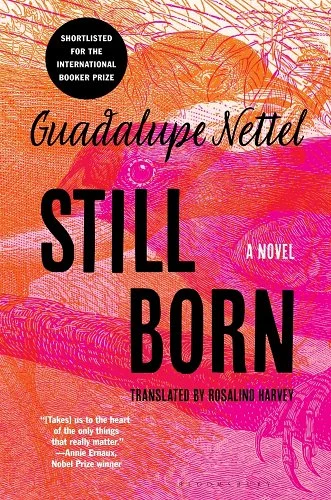
Still Born
Author: Guadalupe Nettel
Genre: Literary Fiction
Paperback: 200 pages
Audiobook: 5h 30m
Still Born by Guadalupe Nettel follows Alina and Laura, two career-driven women in their mid-thirties who have not planned for a family. Laura chooses sterilization, while Alina starts to desire motherhood. As Alina faces pregnancy complications and Laura bonds with her neighbor’s son, they both confront their complex emotions. This novel, shortlisted for the International Booker Prize 2023, offers a precise exploration of maternal ambivalence.
Although this book is set in Mexico, its themes are universal. It addresses complex emotions and societal expectations surrounding motherhood with compassion and honesty.
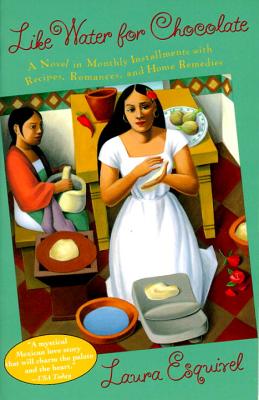
Like Water for Chocolate
Author: Laura Esquirel
Genre: Historical Fiction, Romance, Magical Realism
Paperback: 256 pages
Audiobook: 5h 52m
Like Water for Chocolate is a magical and charming tale set in turn-of-the-century Mexico. It follows Tita, the youngest daughter of the De La Garza family, who is forbidden to marry and must care for her mother. Tita falls in love with Pedro, who marries her sister to stay close to her. Through Tita’s magical cooking, their unconsummated passion endures until a series of tragic and fateful events finally reunite them.
I was drawn to read this book after watching HBO’s adaptation. While I enjoyed the book, especially its mouth-watering food descriptions, I found that I enjoyed the show even more.
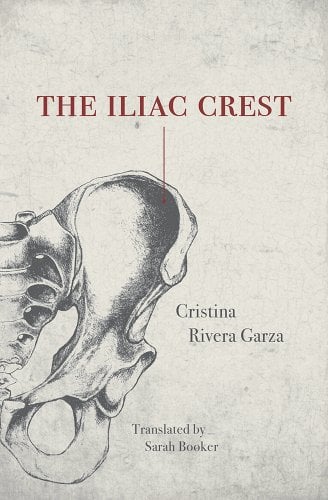
The Iliac Crest
Author: Cristina Rivera Garza
Genre: Fiction, Horror
Paperback: 200 pages
Audiobook: NA
The Iliac Crest by Cristina Rivera Garza is a surreal and gothic novel that delves into the forgotten works of Mexican women writers and the destructive power of gendered language. On a dark and stormy night, two mysterious women invade the home of an unnamed narrator, questioning his identity and claiming he is actually a woman. As the narrator’s sense of masculinity unravels, he ends up in a sanatorium. Published in English for the first time, this haunting tale explores gendered violence and misogyny, revealing the cultural and political histories of Mexico through layered and evocative prose.
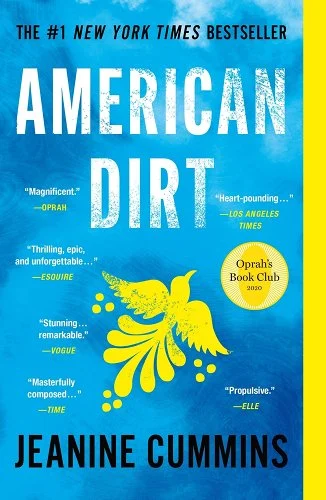
American Dirt
Author: Jeanine Cummins
Genre: Contemporary Fiction
Paperback: 400 pages
Audiobook: 16h 43m
Lydia lives a comfortable life in Acapulco with her son, Luca, and her journalist husband. However, when her husband’s exposé on a new drug lord is published, their lives are turned upside down. Forced to flee, Lydia and Luca join the many people trying to reach the United States. Along the way, Lydia realizes that everyone is running from something, but she wonders what they are all running toward.
Despite the controversy surrounding this book, I would still recommend it. It delves deeply into the emotions and determination of the characters, offering a new perspective on the human side of migration and its struggles.
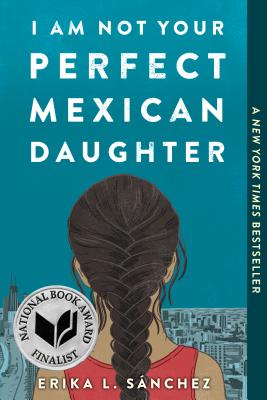
I am not your perfect mexican daughter
Author: Erika L. Sanchez
Genre: Contemporary Fiction, Young Adult
Paperback: 368 pages
Audiobook: 9h 41m
I Am Not Your Perfect Mexican Daughter follows Julia, who struggles to live up to her family’s expectations after her sister Olga’s tragic death. While Olga was seen as the perfect daughter, Julia feels the weight of her mother’s grief and criticism. As Julia uncovers secrets about Olga’s life, she questions the idealized image of her sister. With the support of her best friend Lorena and her boyfriend Connor, Julia embarks on a journey to understand her sister’s true story and find her own path amidst the pressure to be perfect.
I found this book incredibly relatable. Coming from a South Asian culture, I understand the pressure to be perfect, especially as the eldest daughter in the family. I highly recommend it.
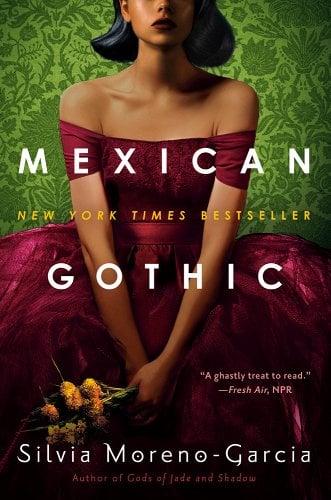
Mexican Gothic
Author: Silvia Moreno-Garcia
Genre: Historical Fiction, Horror
Paperback: 352 pages
Audiobook: 10h 39m
Mexican Gothic follows Noemí Taboada, a glamorous debutante who receives a desperate letter from her newly-wed cousin, begging for help. Noemí travels to High Place, a remote house in the Mexican countryside, where she encounters her cousin’s menacing husband and his eerie family. Despite her chic appearance, Noemí is determined and fearless, uncovering dark secrets and experiencing terrifying visions. Her only ally is the family’s youngest son, who may hold hidden knowledge. As Noemí delves deeper into the mysteries of High Place, she finds herself ensnared in a world of violence and madness, struggling to escape its sinister grip.
.
Reading this book during the rainy fall season made it even creepier. The wetness and gloom added to the spooky atmosphere, making you feel the eerie presence of the unsettling things growing around you.
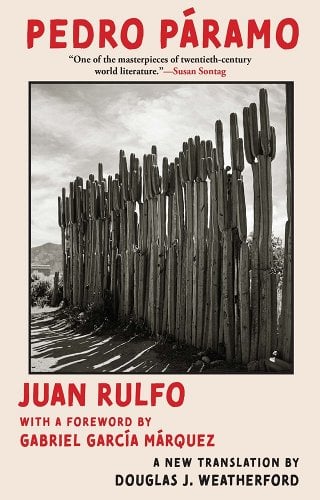
Pedro Paramo
Author: Juan Rulfo
Genre: Classics, Literary fiction
Paperback: 144 pages
Audiobook: 4h 37m
Pedro Páramo by Juan Rulfo is a classic of Mexican modern literature that takes readers on a journey to a haunted village. The novel follows a dusty road to a town of death, where time shifts through dreams, desires, and memories. The story is dominated by the ghostly figure of Pedro Páramo, a lover, overlord, and murderer. Rulfo’s blend of sensory imagery, violent passions, and deep mysteries has profoundly influenced many Latin American writers. Reading Pedro Páramo today remains as powerful and immersive as when it was first published in 1955.
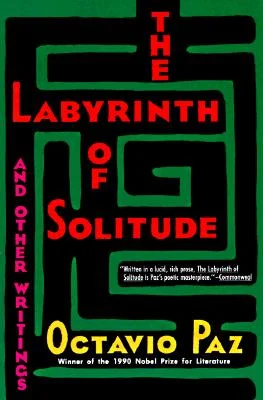
The Labyrinth of Solitude
Author: Octavio Paz
Genre: Nonfiction, Essays
Paperback: 416 pages
Audiobook: NA
The Labyrinth of Solitude by Octavio Paz is a seminal work in Mexican literature, offering a profound exploration of Mexico’s identity, character, and culture. This collection includes Paz’s most famous essay, “The Labyrinth of Solitude,” which delves into Mexico’s quest for identity and reveals the country hidden behind “the mask.” Other essays in the collection, such as “The Other Mexico,” “Return to the Labyrinth of Solitude,” “Mexico and the United States,” and “The Philanthropic Ogre,” expand on these themes and provide insightful commentary on Mexico’s relationship with the United States and Latin America. Paz’s work is celebrated for its deep analysis and beautifully written prose, making it an enduring classic.
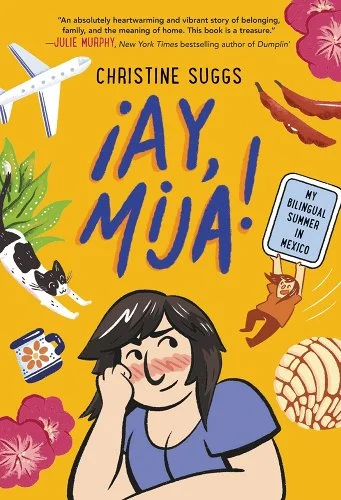
¡Ay, Mija!: My Bilingual Summer in Mexico
Author: Christine Suggs
Genre: Nonfiction, Graphic Novel
Paperback: 336 pages
Audiobook: NA
In this bilingual and heartfelt debut graphic novel, Christine Suggs recounts their first solo trip to Mexico at sixteen to visit family. Initially struggling with language barriers and generational differences, Christine gradually embraces their heritage by exploring their mother’s past and connecting with their grandparents and tía. As they settle into life in Mexico, Christine enjoys local traditions and becomes more comfortable with Spanish. However, when their mom joins the trip, Christine feels torn between Texas and Mexico, grappling with homesickness and cultural clashes. Through this journey, Christine ultimately finds a sense of belonging and comfort in their mixed identity.
I love graphical fiction and this book was a delight for me as I am also trying to learn Spanish
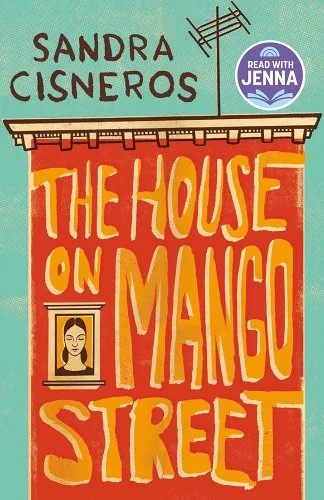
The House on Mango Street
Author: Sandra Cisneros
Genre: Literary Fiction, Young Adult
Paperback: 110 pages
Audiobook: 2h 18m
The House on Mango Street by Sandra Cisneros is a beloved novel that follows Esperanza Cordero, a young girl growing up in Chicago. Through a series of vignettes, the novel captures her journey of self-discovery and her dreams of a better future. Esperanza’s voice resonates with readers as she navigates the challenges and joys of childhood, exploring themes of identity, belonging, and resilience. This coming-of-age story is celebrated for its poetic and direct language, making it a timeless classic that highlights the importance of telling one’s story and taking pride in one’s roots.
A trip to Mexico is incomplete without a story from an American-Mexican voice. The story was sweet and simple to read.
Do you have any other recommendation from this {insert-value}? Please share it in comments.
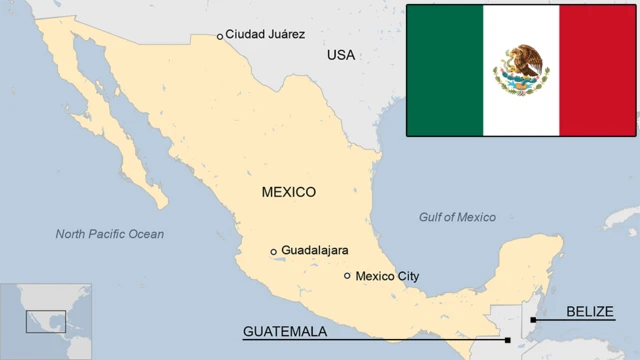
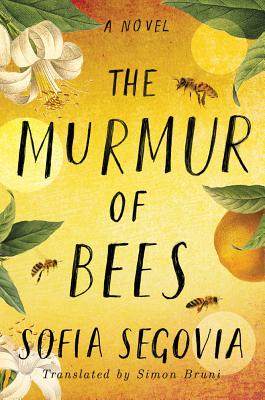




Be First to Comment